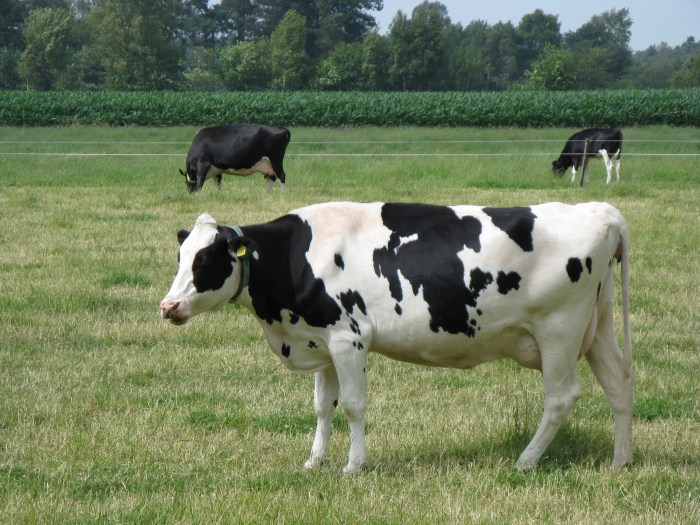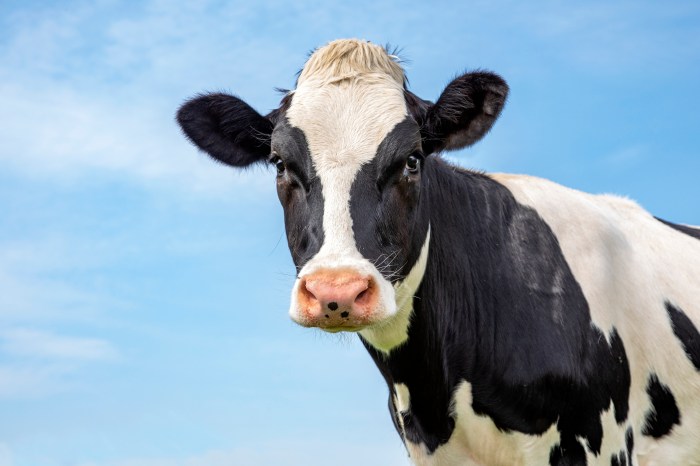What animal eat grass? As we delve into this fascinating realm, we uncover a world of herbivorous creatures, their unique digestive systems, and the intricate grazing behaviors that shape our planet’s grasslands. Prepare to embark on a journey where nature’s gentle giants take center stage.
Herbivores, with their specialized digestive systems, play a crucial role in maintaining the delicate balance of our ecosystems. From the vast savannas to the rolling meadows, these animals transform grass into nourishment, sustaining themselves and contributing to the health of their habitats.
What Animals Eat Grass?: What Animal Eat Grass

In the vast tapestry of nature, a diverse array of animals rely on grass as their primary source of sustenance. These grass-eating creatures, known as herbivores, play a vital role in maintaining the ecological balance of grasslands and other ecosystems.
Herbivorous Animals, What animal eat grass
Herbivores are characterized by their specialized digestive systems, which have evolved to efficiently extract nutrients from plant material. Their teeth are designed for grinding and chewing tough plant fibers, and their digestive tracts are longer and more complex than those of carnivores.
This allows them to break down and absorb the cellulose and other complex carbohydrates found in grass.
Examples of herbivorous animals that eat grass include:
- Cattle
- Sheep
- Goats
- Horses
- Deer
- Rabbits
Types of Grass Eaten by Animals
Animals that eat grass are not all created equal. Different species have evolved to prefer different types of grass, based on their nutritional value and availability. Some of the most common types of grass eaten by animals include:
- Grama grasses
- Buffalo grasses
- Blue grama
- Wheatgrasses
- Fescue grasses
The nutritional value of different grass species varies, with some grasses being more protein-rich or more easily digestible than others. Animals often select their grazing areas based on the quality and abundance of the available grass.
Grazing Behavior of Animals
The grazing behavior of animals that eat grass has a significant impact on grassland ecosystems. Herbivores typically graze in herds, which helps to distribute their grazing pressure evenly across the landscape. They also tend to graze in areas with high-quality grass, which promotes the growth of more nutritious and palatable grasses.
Some animals, such as cattle, are selective grazers, meaning they prefer to eat certain types of grass over others. Others, such as sheep, are less selective and will eat a wider variety of grasses. The grazing behavior of animals can also be influenced by factors such as the availability of water, the presence of predators, and the weather.
Grassland Ecosystems
Grasslands are ecosystems dominated by grasses and other herbaceous plants. They are found in a variety of climates around the world, and they support a wide range of animal and plant life.
Grass-eating animals play a vital role in maintaining the health of grassland ecosystems. Their grazing helps to keep the grass from becoming too tall and dense, which allows sunlight to reach the ground and promotes the growth of other plants.
Herbivores also help to disperse seeds, which contributes to the diversity of plant life in grasslands.
Q&A
What are the different types of herbivores?
Herbivores can be classified into various groups based on their feeding habits, including grazers, browsers, and mixed feeders.
How do herbivores digest grass?
Herbivores have specialized digestive systems, including multi-chambered stomachs and complex digestive enzymes, which enable them to break down tough plant material.
What is the impact of grazing on grassland ecosystems?
Grazing by herbivores helps maintain the health and diversity of grasslands by preventing the accumulation of excess vegetation and promoting nutrient cycling.


